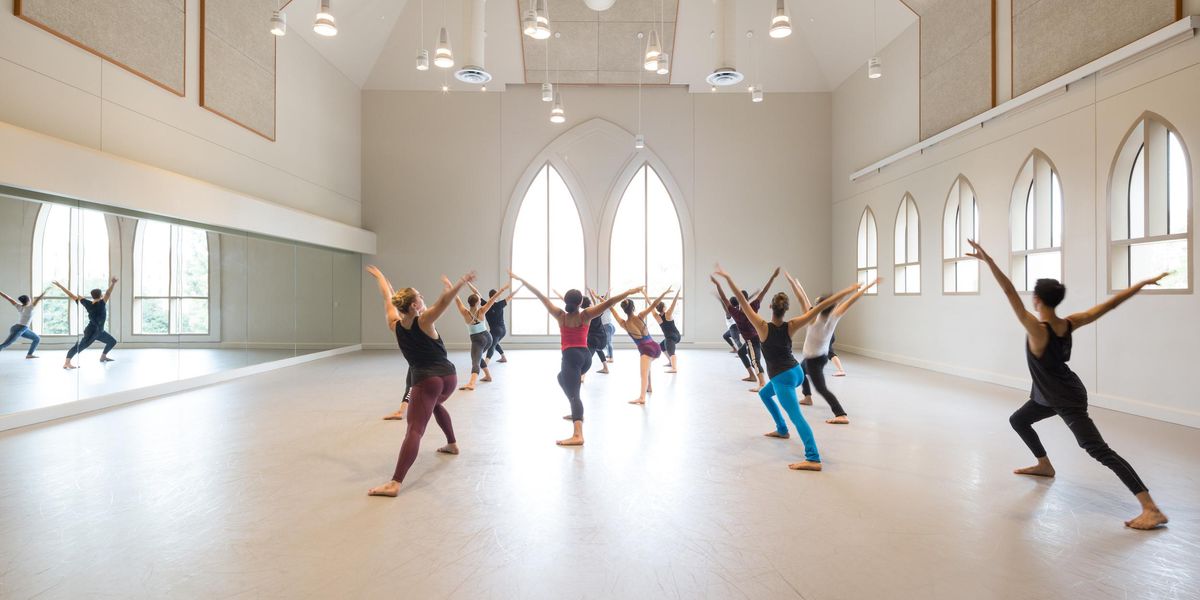Advice for Dancers
Is it my imagination or do tap dancers last longer than those who perform modern or ballet? My teachers still tap in middle age and it seems like the steps cause less wear and tear on the body. My hope is to happily tap into the sunset of my life onstage!
Craig
NYC
There’s a good chance that you may get your wish. Research shows the most physically strenuous dance techniques weed out performers at an early age. Ballet dancers generally start to lose ground in their 30s, whereas modern dancers can begin to feel adverse effects a decade later. The lifespan of tap dancers may be the greatest in terms of longevity for the simple reason that they have fewer injuries. Rather than using your lower extremities to create height and distance through extreme movements, the goal is to generate percussive sounds and complex rhythms with your feet. As a result, the landing forces are similar to low-impact aerobic dancing and small dance jumps. Still, while tapping may be easier on the muscles and joints over time, the emphasis on ankle movements does put you at risk for sprains; hence, the need for injury prevention. All dancers can prolong their careers by attending to problems before they become serious and incorporating physical therapy exercises into their daily regimens.
I know every dancer has pet peeves about her appearance. For me, it’s my ribcage. It has always stuck out more on one side due to scoliosis. I was able to live with this imperfection until recently, when I noticed both sides protruding in a thin costume. Why now? I didn’t have ribs jutting everywhere when I started performing 15 years ago.
Ugly Duckling
San Francisco, CA
Chalk it up to maturity, a.k.a. age. As bodies change during adulthood, the cartilage at the end of your ribs slowly begins to ossify and turn to bone. This process causes the ribcage to lose its flexibility and become rigid. The lower ribs with the most cartilage are now more prominent (especially in leotards) compared to younger dancers. Although this change is a natural part of aging, you may be able to slow down its progression. First, be aware that smoking decreases lung volume and the ribcage’s ability to expand, making the ribs more likely to protrude. This is especially true in dancers who have scoliosis. Next, it helps to prevent bone loss by eating a healthy diet with sufficient vitamins, minerals, and trace elements to ensure regular menses so the skeleton doesn’t start to collapse, contributing to jutting ribs. Meanwhile, remember that no one has a perfect body. I doubt the audience is focusing on your ribs versus the quality of your dancing.
It was inspiring to read your quote in the July issue of
Dance Magazine about Peter Martins supporting the dancer who needed to sit out until she reached a healthy weight (see “Teach-Learn Connection”). It made me feel less neurotic about being a professional dancer by knowing that an artistic director cares about the health of his dancers.
Savina
Washington, DC
Peter Martins has made major inroads in dancers’ health care by initiating New York City Ballet’s wellness program, with particular emphasis on getting new members on the right track during the first two years of employment. I’m also happy to see the dance community becoming increasingly sensitive to health, especially weight management. Now more than ever directors and teachers recognize the dangers of making hurtful comments about body shape and urging dancers to diet. Of course, there’s still room for improvement, since old beliefs continue to prevail in some quarters. A common myth is the idea that willpower can change everything, including genetic makeup. Yet dancers must work to enact physical changes through smart nutritional choices and the right cross-training program.
I’m starting an apprenticeship with a new company. Do you have any tips about making a good first impression?
Wannabe Good
Chicago, IL
Yes: Work hard, be consistent, and project a positive attitude. It’s also a good idea to get screened by a dance medicine orthopedist or physical therapist to prepare for your new job. You do not want to show up with an injury or get injured early on, since this can tarnish your reputation. Apprentices who shine are those who make life easier for the company as a whole. Try to learn every role you understudy inside-out so you can replace an injured dancer at a moment’s notice. You should be prepared for some jealousy from friends who haven’t been asked to apprentice, as well as from competitive company members. Please don’t take their jealousy personally. Although dancers work as a team, they also compete among themselves. Your victory doesn’t have to be someone else’s defeat.
Former New York City Ballet dancer Linda Hamilton, Ph.D., is a psychologist in private practice, the author of
Advice for Dancers (Jossey-Bass), and co-author of The Dancer’s Way: The New York City Ballet Guide to Mind, Body and Nutrition (St. Martin’s Griffin). Her website is www.wellness4performers.com.




